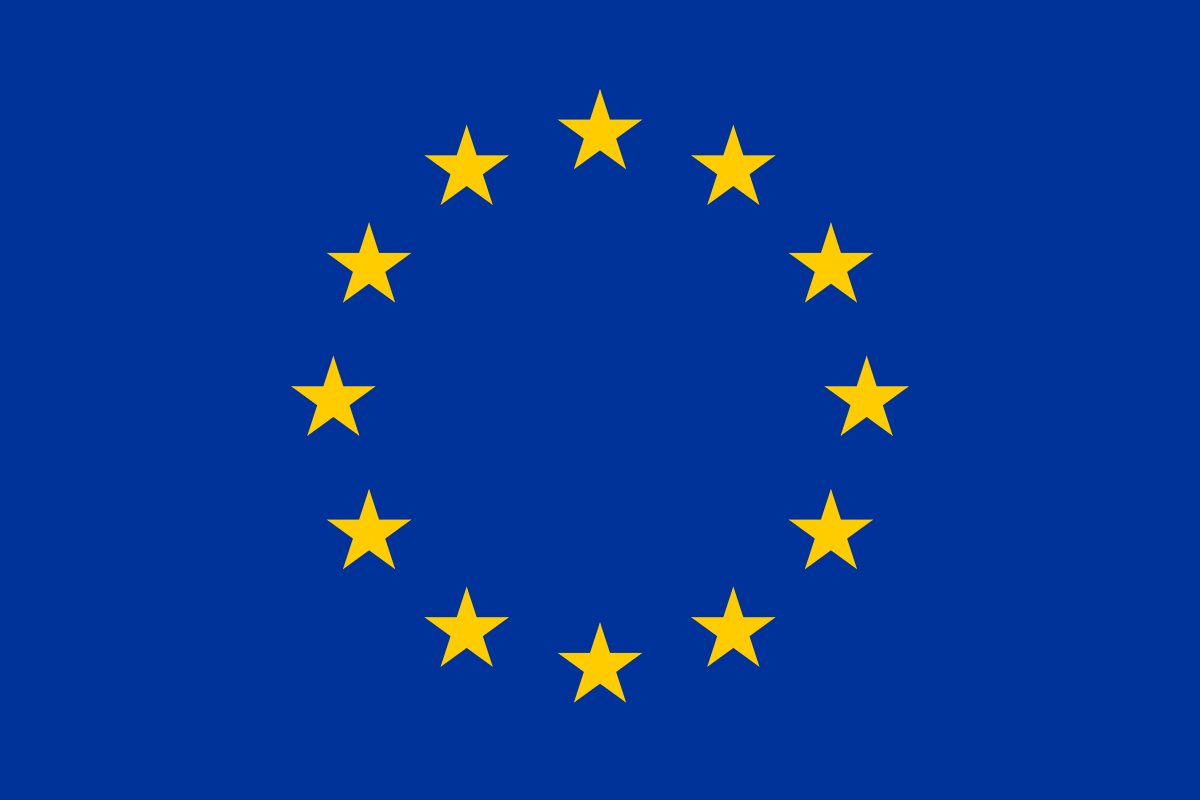
Jakob Hafele
BERLIN, JULY 9 (PS) – Now that the quinquennial electoral tussle for seats in the European Parliament is over, European politicians must shift quickly from competing against one another to helping Europe compete globally. Even though Europe desperately needs to strengthen its collective industrial might, internal divisions and rivalries have long stood in the way. Now, the newly agreed intergovernmental priority list confirms this as a core theme for the European Union in the years ahead.
Although European Commission President Ursula von der Leyen has been nominated by heads of state for another term (subject to the approval of the newly elected Parliament), her record on industrial policy is lackluster. To boost Europe’s industrial competitiveness under a renewed mandate, she will need to appeal across national borders and political boundaries.
As matters stand, major industries that are critical to the green transition are dominated by China, which has increased its exports of electric vehicles by 70% since 2022 and now produces 86% of all solar photovoltaics. But the rules of the game are changing fast. US President Joe Biden recently imposed 100% tariffs on Chinese EVs, and his historic Inflation Reduction Act will allocate up to $1 trillion of investment in domestic clean-energy production by 2032.
Meanwhile, the EU’s response has been slow and timid. The Net-Zero Industry Act was a good first step; but because it lacks the ambition and the resources of its US and Chinese equivalents, it leaves the EU at risk of falling behind in key sectors. New tariffs on Chinese EVs were the EU’s only real option in the current geopolitical climate. But singular protective measures like these won’t be enough to secure long-term competitiveness.
A fundamental part of the problem is that Europe is running at two speeds. While its economic powerhouse countries simultaneously prop up their traditional industrial bases and invest in new clean industries, weaker regions’ economic potential remains largely untapped. This applies to whole countries and also to regions within member states.
This geographic distribution of industries is based not on economic potential but on member states’ fiscal firepower. Between March 2022 and June 2023, Germany and France accounted for a staggering three-quarters of state aid granted in the EU, while many other countries struggled to offer any industrial support at all. As a result, companies are concentrated in areas that are already well off, rather than in those that make the most strategic sense.
This results in major inefficiencies. Consider, for example, that 60% of Europe’s solar-energy supply comes from less sunny northern countries – with the highest photovoltaic capacity being in Germany. Establishing green production facilities in areas with the highest economic potential not only would boost Europe’s overall competitiveness; it also would bring jobs and investment to regions in dire need of economic revitalization.
In the case of European steel, for example, the most energy-intensive parts of the regional value chain could be relocated to places with the cheapest energy, thus reducing prices. The European steel industry and all industries downstream from it would become more cost-competitive, and economically weaker and stagnating regions would benefit from modernization, jobs, and new investments. With a coordinated approach to identifying and capitalizing on regional advantages in renewable-energy capacities, workforce availability and skills, and other cost factors, sectors essential for the transition could become more competitive.
Moreover, some of the unique strengths of regions within the EU remain under-used. The success of “heat-pump valley” in Poland, Slovakia, and the Czech Republic is a good example of what regional innovation and production hubs can achieve. But seizing this opportunity requires politicians and policymakers to see the value of a unified European approach. Given the scale of the US and Chinese industries, no individual member state can hope to succeed alone in today’s fast-changing international industrial landscape.
Although green industries are expected to dominate markets in the future, much of the needed technology does not yet allow investors to break even. Approximately 60% of the investment needed to make the EU carbon-neutral by 2050 lacks a short-term business case. State support will be needed to fill this gap until these technologies are mature enough to compete on their own; and governments also must ensure that European companies can avail themselves of adequate infrastructure and qualified labor.
The success of the €723 billion ($780 billion) post-pandemic Recovery and Resilience Facility shows that the EU is able to provide such targeted financial assistance. EU-level funding dedicated to supporting industries in strategically selected regions can help those economies eventually thrive without state aid. And by making subsidies “progress-dependent” (according to various social and environmental benchmarks), ineffective spending can be minimized, and improved competitiveness can be almost guaranteed.
In fact, targeted, progress-dependent support for high-potential locales can be the basis of a unified industrial policy at the EU-level. A pan-European strategy can enhance economic cohesion, bring “future-fit” jobs to left-behind regions, and break inefficient path dependencies. Moreover, the current industrial centers would also gain from this approach, because relocating some production to cost-efficient regions would reduce their own input costs.
With a shift in mindset that sets aside internal rivalries and focuses on harnessing Europe’s untapped potential, EU policymakers can give European industry what it needs to power the continent toward a prosperous, sustainable future.
Jakob Hafele is Co-Founder, Executive Director, and Head Economist at the ZOE Institute, an independent think tank dedicated to future-fit economies.
Copyright: Project Syndicate, 2024.
www.project-syndicate.org










